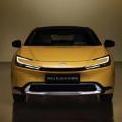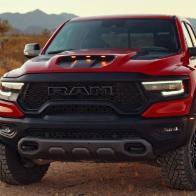Aston Martin Vanquish - New DBS (Spy)
-
Contenuti simili
-
Aston Martin V12 Vantage Roadster 2023 (Spy) 1 2 3
Pubblicato da Cole_90,
- aston martin spy
- vantage spy
- (e 7 altri in più)
- 28 risposte
- 7444 visite
-
Aston Martin DBX MHEV 2022 (Spy) 1 2 3
Pubblicato da __P,
- aston martin suv
- aston martin dbx
- (e 1 altro in più)
- 24 risposte
- 4094 visite
-
- 27 risposte
- 4999 visite
-
-
-

.thumb.jpg.d20c5008a881490f9c7f843d442a34f8.jpg)










.thumb.jpg.902d2a4f20a129e92b6f6920407b81bd.jpg)

















Messaggi Raccomandati: